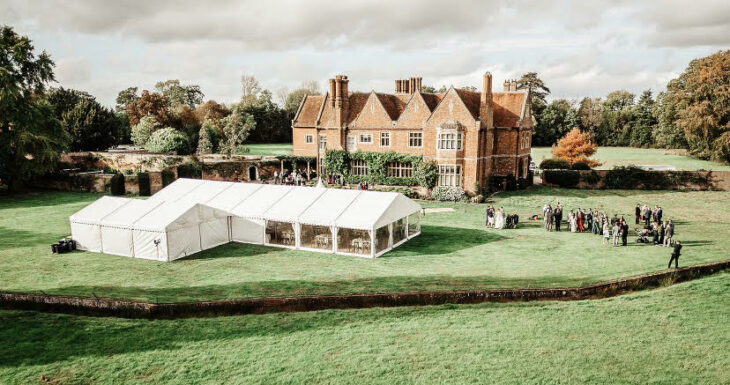Manor of Hurst
Hurst, Berkshire, RG10 0SH

The Manor of Hurst was, for many centuries, owned by Abingdon Abbey. In 1538 Thomas, Abbot of Abingdon, delivered up the manor of Hurst with the other possessions of the abbey to King Henry VIII.
Two years later, after the dissolution of the Monasteries, Act of Suppression, the king granted it as the Manor of Hurst alias Whistley to his Sub-Treasurer, Richard Ward of Waltham St. Lawrence, son of the Keeper of Cranbourne Chase. Ward managed to retain office throughout the political changes of the Tudor reigns, being cofferer to Henry VIII, Edward VI, Queen Mary and Queen Elizabeth. There is a ring in the Museum of Reading given to Richard Ward by Henry VIII.
Richard built himself Hurst House between 1540 and 1550. The English Heritage Listing for Hurst House says 1530 but that is impossible. The house was described at the time as a huge Tudor mansion with large chimneys. Wards family brass (1577) can be seen in the church on the edge of the grounds.
In 1847, Hurst House was either falling down or Rev Cameron the new owner, wanted to make it smaller and “more commodious, according to modern notions of comfort,” before he moved in, it was largely pulled down and rebuilt by Rev. Cameron. When the old house was removed there were found some massive old oaken door-frames, which had been hidden by later woodwork and plaster, which are in the entry hall.
In the rebuilding, though the house was re-erected on a smaller plan, but as a, neo Tudor house with only 5 servants living in. Great care was taken to preserve the fine carved panelling and the old doorways with their massive moulded wood jambs and lintels. The original bricks were used in the reconstruction. Those of the walling are about 9 in. by 2¼ in., and at the eaves level is an ogee brick moulding. The dining room contains elaborate C17 oak panelling, fluted pilasters, carved caps and entablature, carved frieze, and a stone chimney piece, 2 tiers of similar design. The moulded Tudor-style plaster ceiling dates from the rebuilding and is an exact reproduction of the original.
The house was purchased in 1963 by Col. Richard Watt and the family manage the estate.
